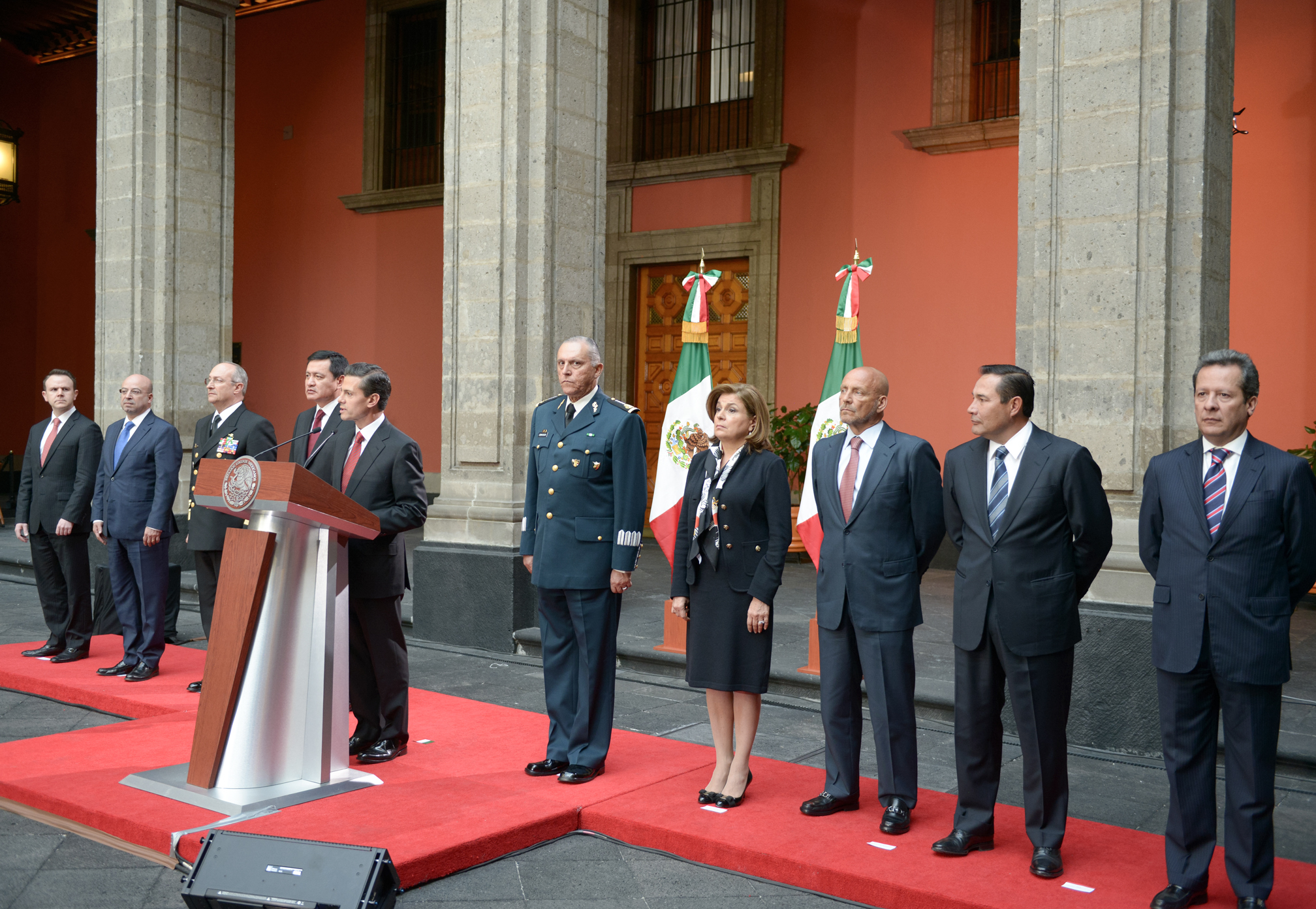Mirages in the Sonoran Desert: The Future of the Sinaloa Cartel

The Sinaloa cartel is Mexico’s largest criminal organisation and possibly the world’s largest drug trafficking syndicate. A recent report by the US Congressional Research Service indicates that it may control as much as 60 percent of Mexico’s drug exports to the United States and accrue annual earnings of close to USD 3 billion. However, the organisation is facing unprecedented challenges to its operations and dominance.
Recent months have witnessed a string of arrests of senior Sinaloa cartel figures which have been lauded by law enforcement in the US and Mexico. In January 2017, Joaquín “El Chapo” Guzmán, Sinaloa’s main leader, was extradited to the US. Eight months later, in August, Álvaro López Núñez – a prominent leader of the Sinaloa cartel – was detained by DEA agents on the Sonora-Arizona border. López’s arrest closely followed that of two of his relatives: his nephew, Dámaso “Mini Lic” López Serrano, in July; and brother, Dámaso “El Licenciado” López Núñez, who had reportedly served as the cartel’s main leader on the ground following El Chapo’s second arrest in 2014. These departures have created a power vacuum within the organisation, which now lacks experienced leaders.
While the Sinaloa cartel is by no means a benevolent organisation, it has made pragmatic strategic decisions to minimise violence and promote stability in its zones of operation.
The situation within the Sinaloa cartel was already troubled before the departure of its kingpins. When El Chapo appointed El Licenciado as the cartel’s leader, he bypassed his own children in the process. Unconfirmed reports circulating amidst Mexico’s crime-focused media noted that the leadership change resulted in squabbling at the top of the organisation: the appointment reportedly triggered disputes between El Licenciado and two of El Chapo’s sons. The extent of this apparent fracture is unclear: some reports portray it as a typical internal power struggle. Others describe it as all-out war involving alliances El Licenciado formed with rival cartels, defamation campaigns and kidnappings.
Irrespective of the real nature of the disagreement, El Licenciado’s arrest is set to present further complications for the Sinaloa cartel: he is rumoured to be negotiating, alongside his brother and son, a plea bargain with Mexican and US authorities. This bargain could involve the surrender of detailed information about the cartel’s inner workings, smuggling networks and money laundering operations in return for reduced sentences, all of which could critically undermine the cartel’s operations.
The organisation does still have one leader at large: Ismael ‘El Mayo’ Zambada, a close associate of El Chapo, who has been an influential leader within the cartel for over twenty years. Many commentators have pointed out that he has the knowledge and connections to manage the operations of the Sinaloa cartel and ensure business continuity. However, since at least 2014, there have been rumours that El Mayo – who turns 70 next January – is experiencing health problems. If he dies or becomes too frail to run the cartel effectively, its distinguished position vis-à-vis other gangs in Mexico might be immediately threatened. Unless a clear new leader arises, the prospects for the prominence of the Sinaloa cartel in the mid- to long-term are grim.
A weakening of the Sinaloa cartel could have a significant negative impact on the Mexican security landscape. Although there have been cases when divided cartels form ‘spin-offs’ on good terms, the tendency is for these break ups to turn violent as a result of intra-cartel fighting. The demise of one cartel also tends to invite aggression from other competing criminal organisations. In this particular case, the Cartel Jalisco New Generation (CJNG), the Zetas and the Beltrán-Leyva cartels are the most likely candidates to challenge one another for dominance in and around the Sinaloa cartel’s areas of influence.
While the Sinaloa cartel is by no means a benevolent organisation, it has made pragmatic decisions to minimise violence and promote stability in its zones of operation in order to ensure long-lasting dominance of a strategically important drug-trafficking area. Historically, it has focused its activities on drug trafficking, and has been less active in other criminal areas such as kidnappings, robbery, extortion and human trafficking. The cartel has also traditionally opted to resolve disputes with authorities, the local population and rival criminal gangs through non-violent bribery and coercion.
Other cartels taking over Sinaloa’s areas of operations are unlikely to operate on similar terms, and the results for the surrounding population could be damaging. CNJG and Zetas are well known for committing spectacular acts of violence which more directly affect the general population. These two cartels – the Zetas in particular – have in the past disseminated videos of decapitations, hanged individuals off bridges and violated the unspoken rule by which cartel members avoid the systematic targeting of civilians in the course of turf wars. Levels of violence in Mexico are already nearing historic highs: statistics recently published by the country’s National Public Security System indicate that the first half of this year was Mexico’s most violent six months for two decades. Bearing in mind the alternatives, the weakening of one of Mexico’s most notorious criminal gangs may not be as positive for public safety as first appears.